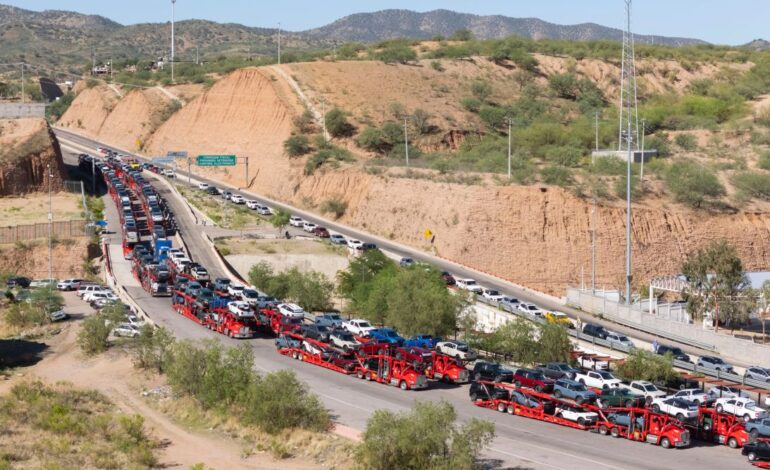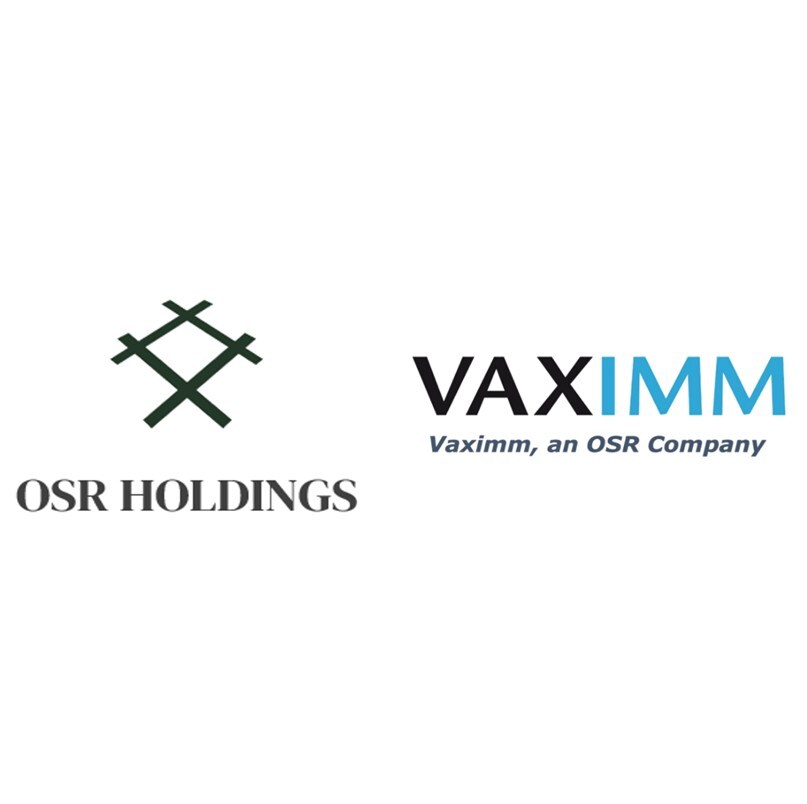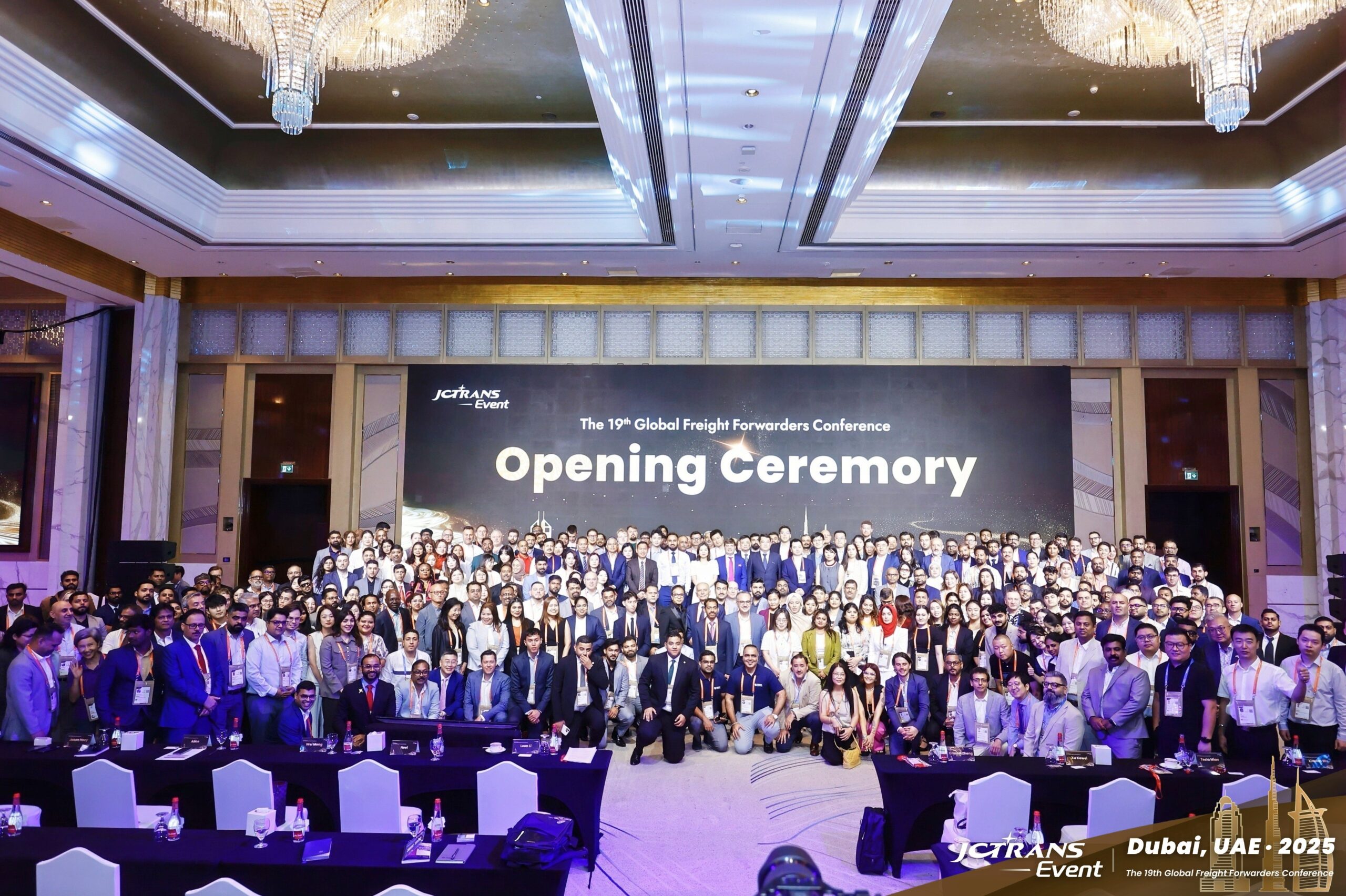Tariffs and Regulatory Changes Boost Automakers’ Profit Outlook

The introduction of tariffs on imported vehicles initially raised alarms within the automotive industry, but recent developments indicate that companies are navigating these challenges more successfully than anticipated. Despite President Donald Trump‘s tariff policies, automakers are experiencing a resilient financial environment, aided by a series of regulatory changes.
Tariff Impact Less Severe Than Expected
When the administration announced a potential 25% tariff on imported vehicles, fears gripped the industry. Executives from major manufacturers voiced concerns, with Ford CEO Jim Farley stating the tariffs “would blow a hole in the US industry that we’ve never seen.” However, these dire projections have proven overly pessimistic as the administration has gradually rolled back some of the tariff impacts.
Both General Motors and Ford had initially forecast substantial costs due to the tariffs. For instance, GM’s expected financial hit of $5 billion was recently trimmed by $500 million, while Ford halved its estimated tariff cost for 2025 from $2 billion to $1 billion. Volkswagen has reported a €1 billion (approximately $1.3 billion) loss in the third quarter, yet some of this setback was attributed to challenges with its European electric vehicle (EV) lineup.
Despite some losses, automakers have largely exceeded financial expectations. For example, GM’s adjusted earnings per share were projected to decline by 23% in the third quarter but only fell by 5%. Similarly, Volkswagen’s losses were significantly lower than anticipated.
Shifting Regulatory Landscape Provides Relief
In addition to tariffs, a significant shift in regulatory policy has created unexpected savings for automakers. The elimination of financial penalties for violating emissions standards, part of a tax and spending bill passed in July, has been a major boon. Previously, automakers avoided fines by purchasing regulatory credits from companies like Tesla, which met strict emissions requirements. Ford’s Chief Financial Officer Sherry House announced that the company would no longer be purchasing the anticipated $2.5 billion in regulatory credits, marking a substantial cost reduction.
Analyst Dan Ives of Wedbush Securities estimates that the absence of these penalties could lower the cost of building a vehicle by 3% to 5%. This regulatory relief also allows manufacturers to increase production of more profitable large trucks and SUVs. For instance, Ford plans to boost production of its F-150 and F-Series Super Duty models by over 50,000 trucks in 2026 to meet demand.
The combination of reduced tariff costs and regulatory changes paints a more favorable picture for the automotive industry than was previously thought. Jeff Schuster, an independent auto analyst, remarked, “The near-term outlook is much more favorable than in April,” highlighting the industry’s unexpected resilience.
As automakers adjust to these evolving economic conditions, the implications for consumers and the market remain significant. While some cost burdens from tariffs have not been directly transferred to consumers, automakers are subtly adjusting pricing strategies. The average price for a new car currently stands at approximately $50,000, reflecting a 4% increase from the previous year.
Looking ahead, potential trade deals with Canada and Mexico may further alleviate tariff pressures, particularly as negotiations continue. The possibility of a free trade agreement with South Korea could also benefit manufacturers like Hyundai and Kia, as well as GM, which produces certain affordable models in South Korea.
As the automotive landscape continues to evolve under shifting tariffs and regulations, the industry appears to be adapting effectively, setting the stage for potential growth and profitability in the coming years.






